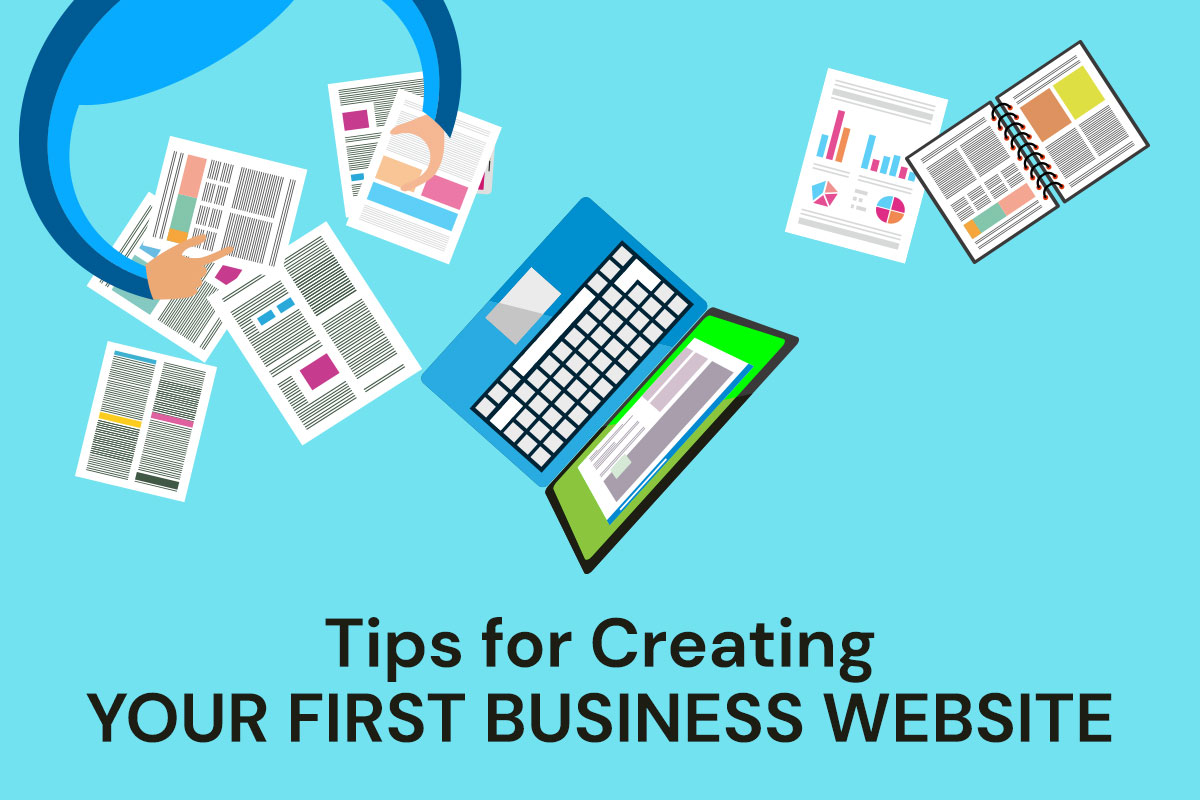We’ve been doing this for so many years that, quite frequently, a fully-formed vision of what we want the final product to look like appears in our heads immediately. You know, similar to those savants that can tell you instantly what day of the week September 20, 1842 fell on. But really, it’s just a matter of lightning speed projections of demographics and marketing goals. Slow down the process, and here’s what it looks like.
Step 1: Identify Your Ideal Customer (or Client)
Who would be buying your product or service? Is it a lady who lunches, with plenty of leisure time and disposable income? Is it a buttoned-up accounting type? Is it a young musician? (We’ve designed websites for each of these demographics, and the results are extraordinarily different.)
- Where does your client live? Is she in your ZIP code, your city, your state?
- How old is your client?
- What does your client do for a living—and what is her approximate income?
It may even help you to identify a real person (or a few people) in your life who fit your ideal customer profile, and keep him in mind while designing your first website.
Step 2: Set Your Website’s Goals
Quite frequently, people want a website without any real idea of what they want it to do. And that’s okay. If you’re just starting out, you may just need what we call a “brochure” website. It contains a little information about your company and a way to contact you. There’s nothing wrong with this—it’s better to stake your flag on the Internet somewhere rather than do nothing. But when you’re ready to move beyond this brochure website—and often people get stuck at that brochure site level for a long time—then you must identify clearly what it is you’re trying to accomplish on the web.
- Do you want to attract more clients?
- Do you want to sell something directly on your website?
- Do you want to convey particular information?
Each of these are pretty big goals, and it’s a good idea to break them down into smaller components that will help you decide what content you want on your website. Say, for example, you want to attract more clients for your interior design business. What would attract them? A portfolio of amazing work, a list of awards, testimonials from past clients, press that you were featured in, and maybe even a list of architects or other vendors you work with. One way to determine the best features to include on your website is…
Step 3: Size Up the Competition
Take a look at what your competitors are doing on the web. There’s a reason why we didn’t suggest this for Step 2; we wanted you to brainstorm without constraints. But now when you look at your competitors, you can assess what they’re doing well and what they—or rather, you—could do better.
Then, look outside your competition to other websites that would appeal to your ideal customer. Take note of what they’re doing well, and what they have in common. If your ideal customer is a mustachioed, ukelele-playing 20-something in Brooklyn, you’ll see lots of anchors and crossed arrows, lots of woodgrain, and things that are “housemade” or “artisanal.” In fact, you could probably go to the Hipster Logo Generator to create your logo. (Just kidding. Please don’t do this.)
There is of course a fine line between being on trend and being a forgettable face in the crowd. You’ll want to think about how to separate yourself from your competition. You know you’re different; it’s just a matter of conveying it.
Step 4: Collect Your Content
Now that you know what content you need, it’s time to get down to business and write it. Or hire someone to write it! If you’re intimidated by the amount of text you need, the best way to get the job done is to hire a writer and have them interview you.
As for photography or other stock imagery, there are heaps of sources for it these days. Unless an image you find on the web is specifically designated as free for commercial use, assume it’s not. You can use websites like everystockphoto.com to find free images, but do uncheck the option to include Flickr images in your search. People upload photos to Flickr and often set that they are allowed to be used under a Creative Commons license without meaning to. Other great sources are Death to the Stock Photo and Adobe Stock.
That should be enough to get you started—and if you need someone to build said business website for you—well, what a coincidence! We do that. Contact us and let’s get started.






